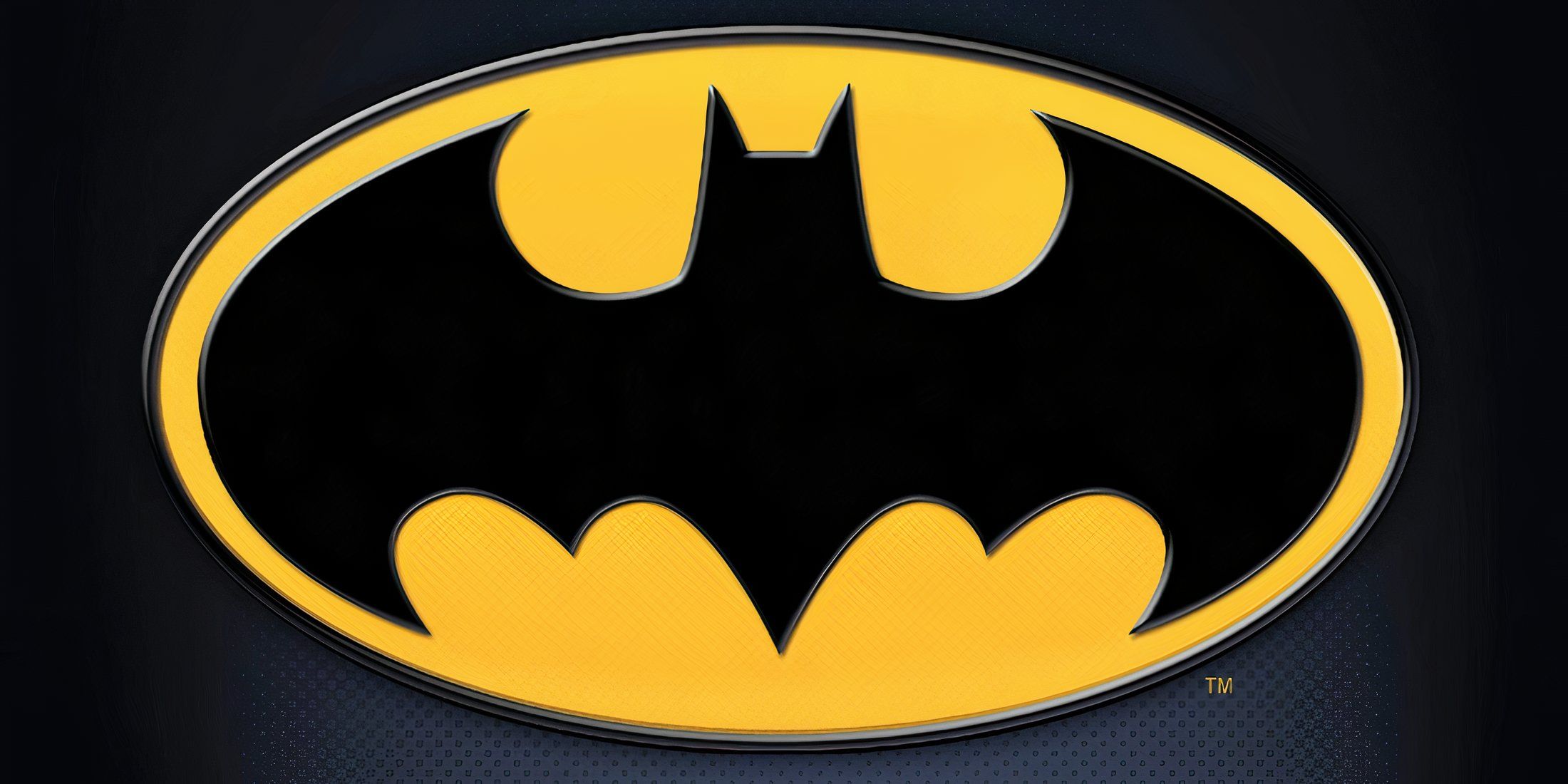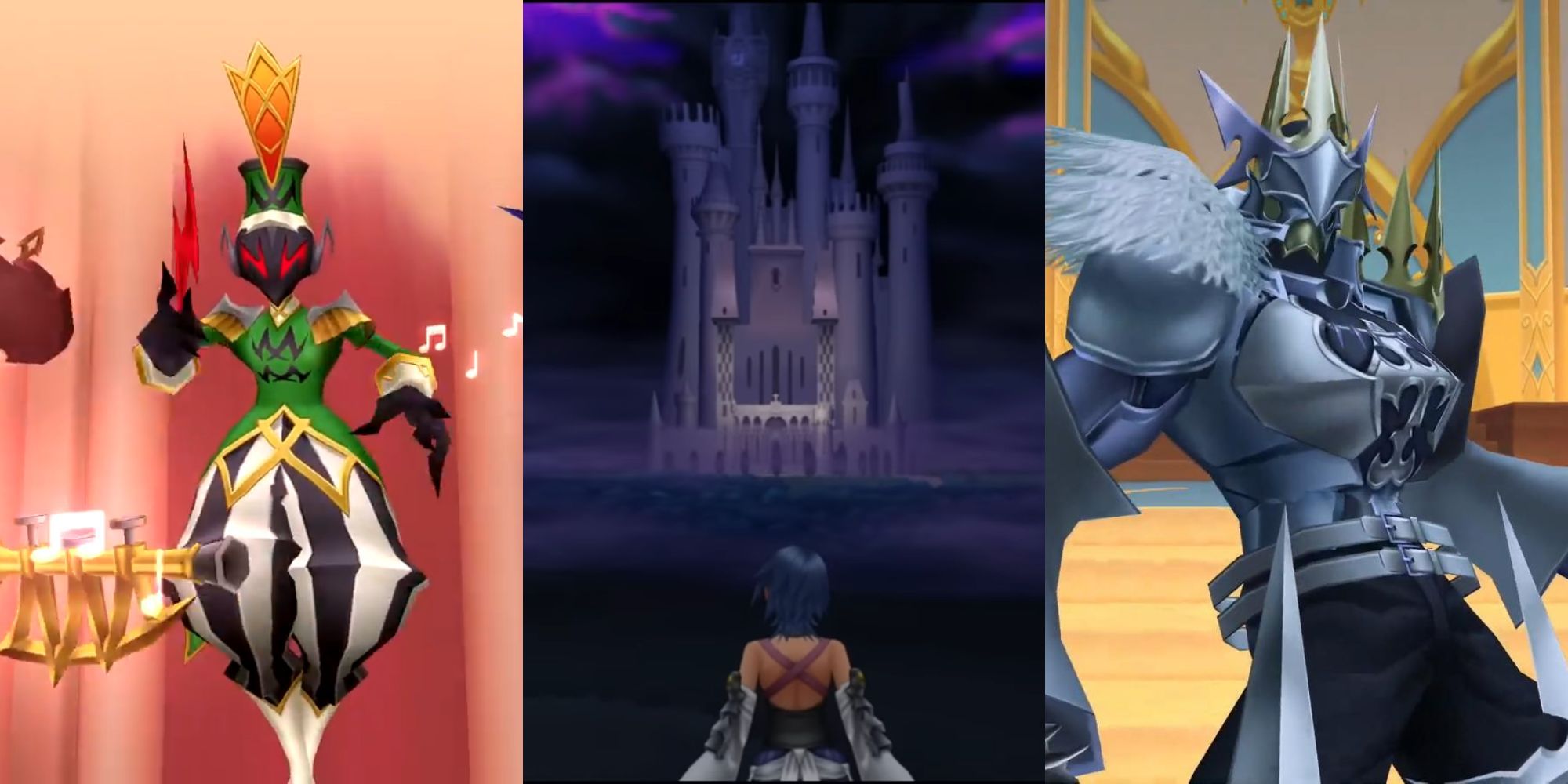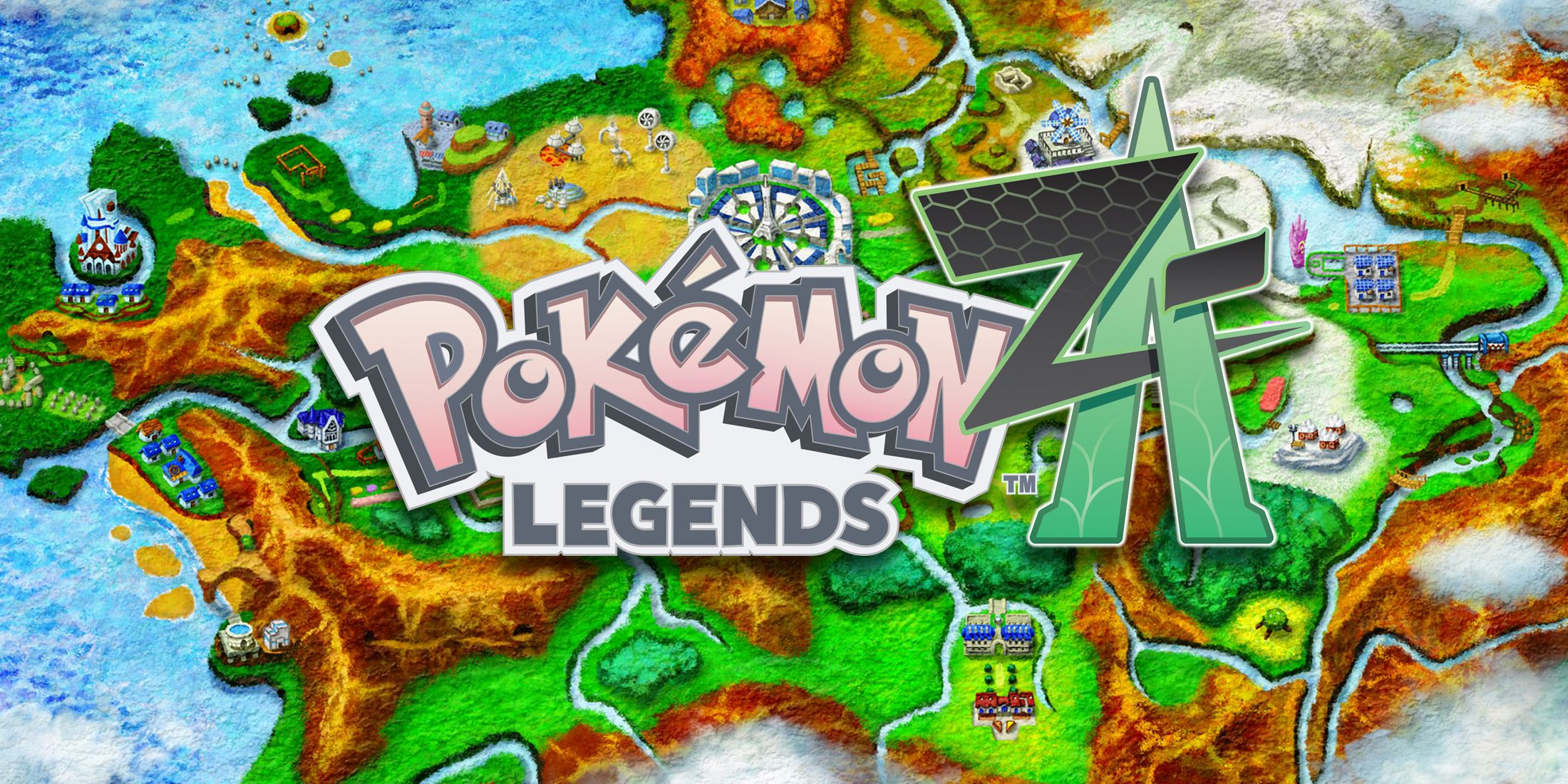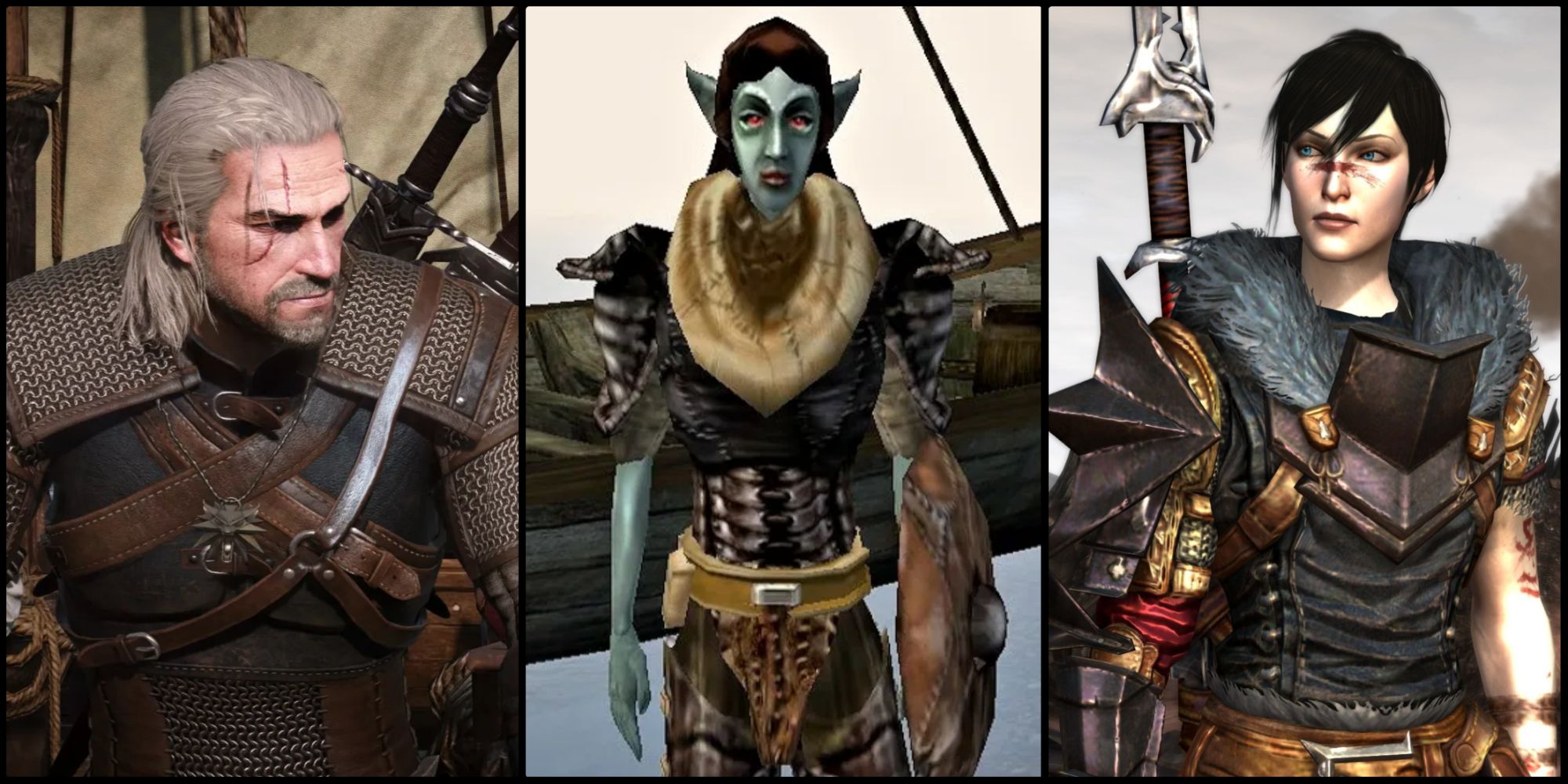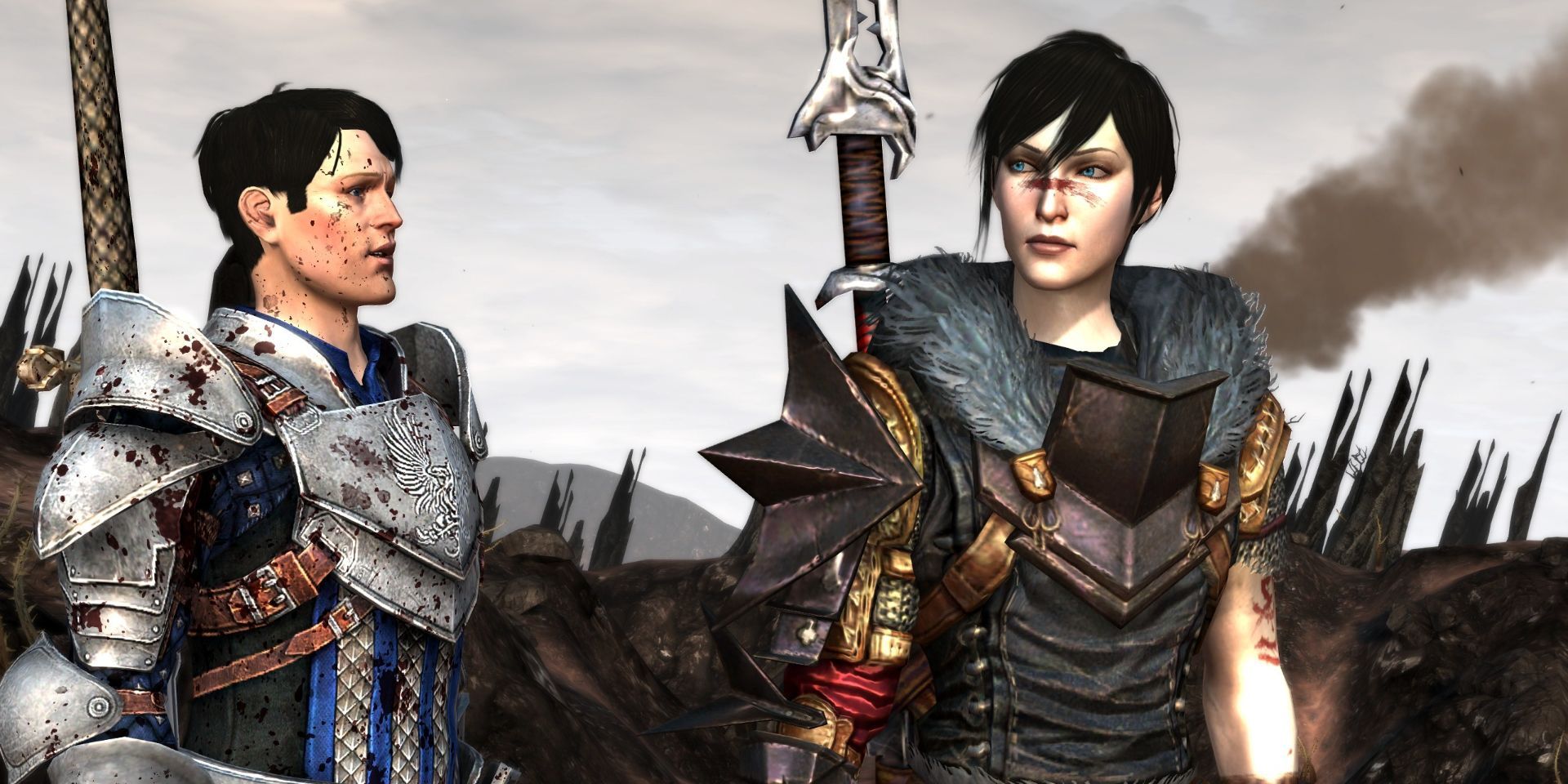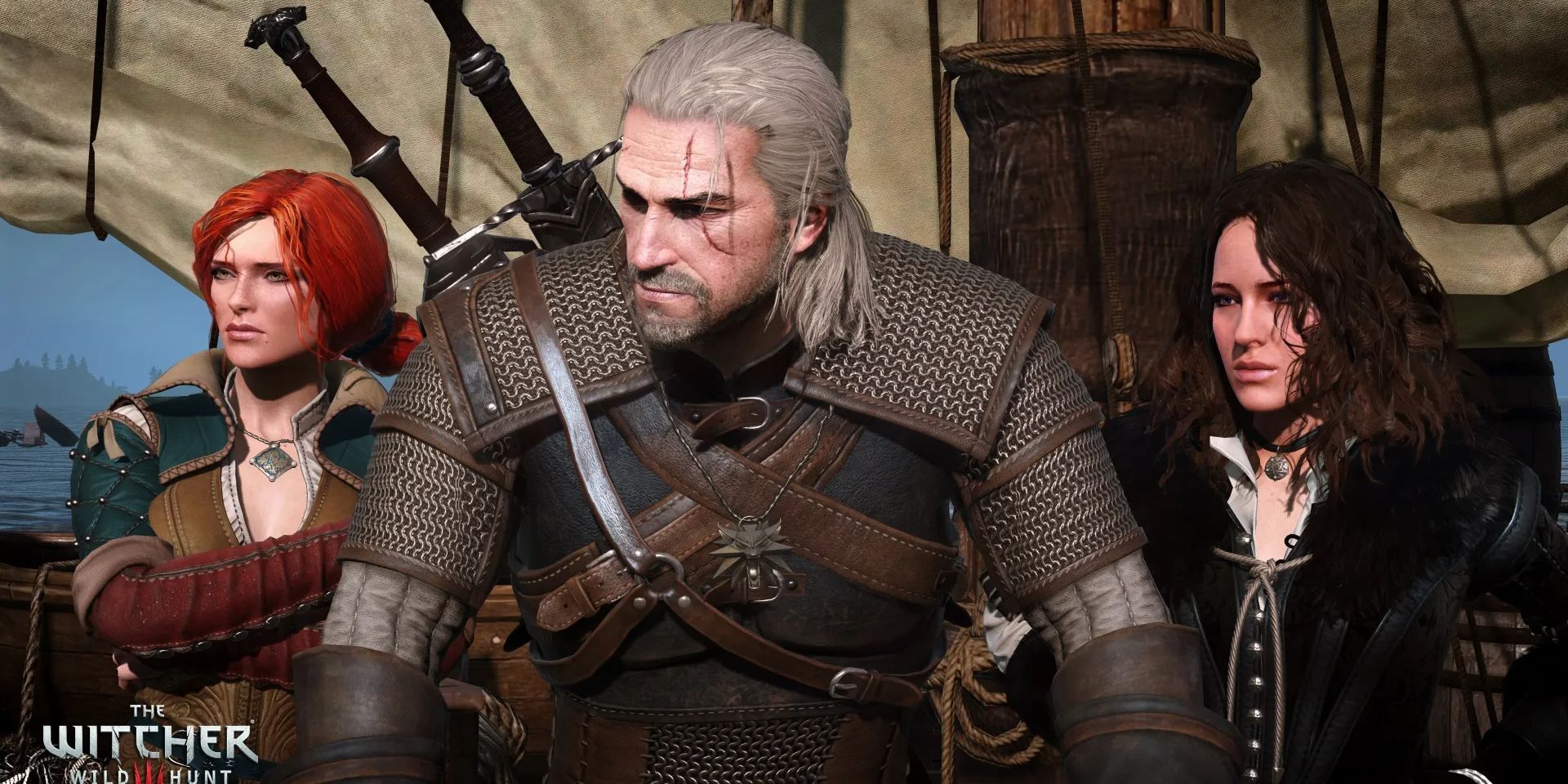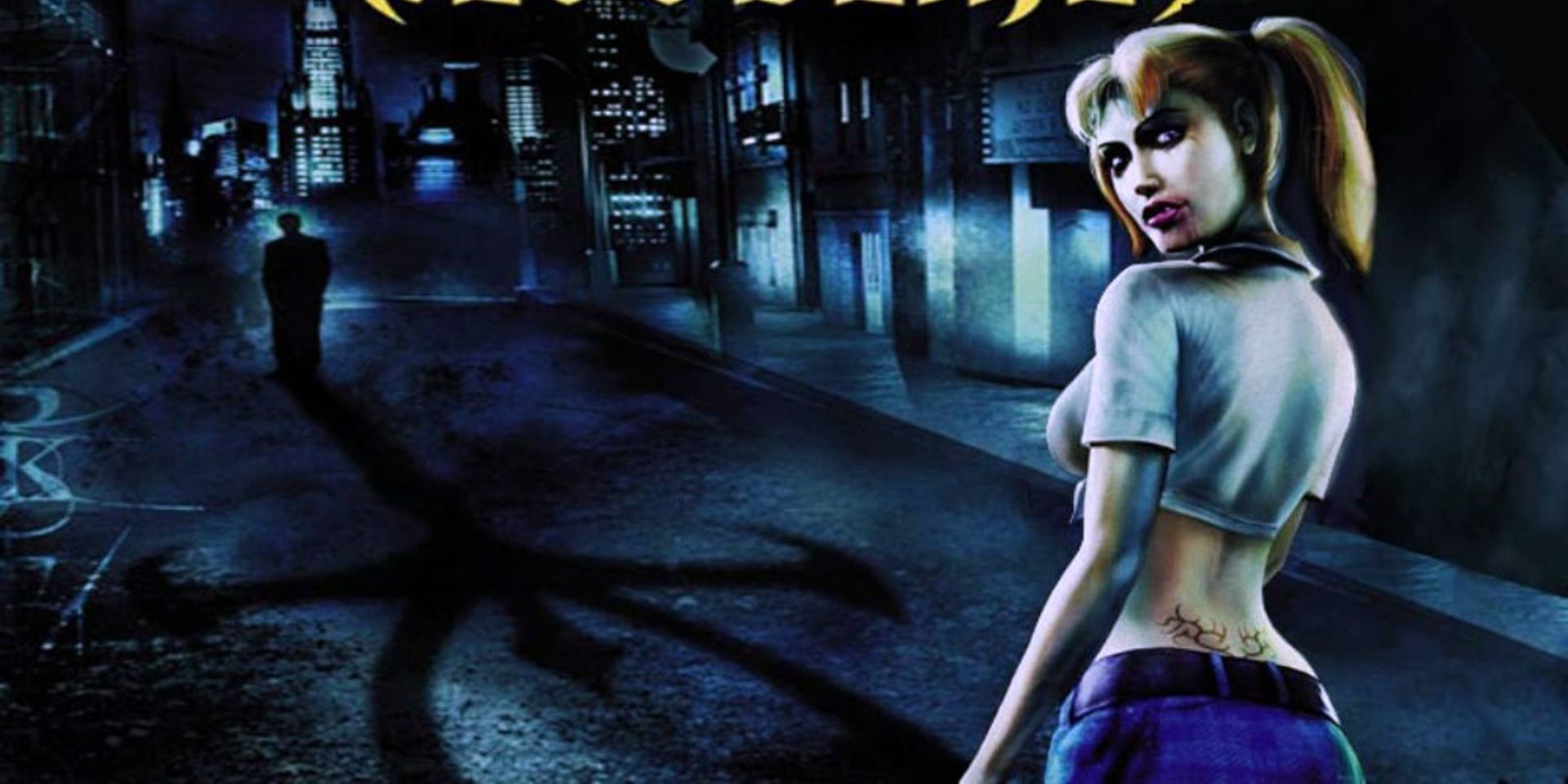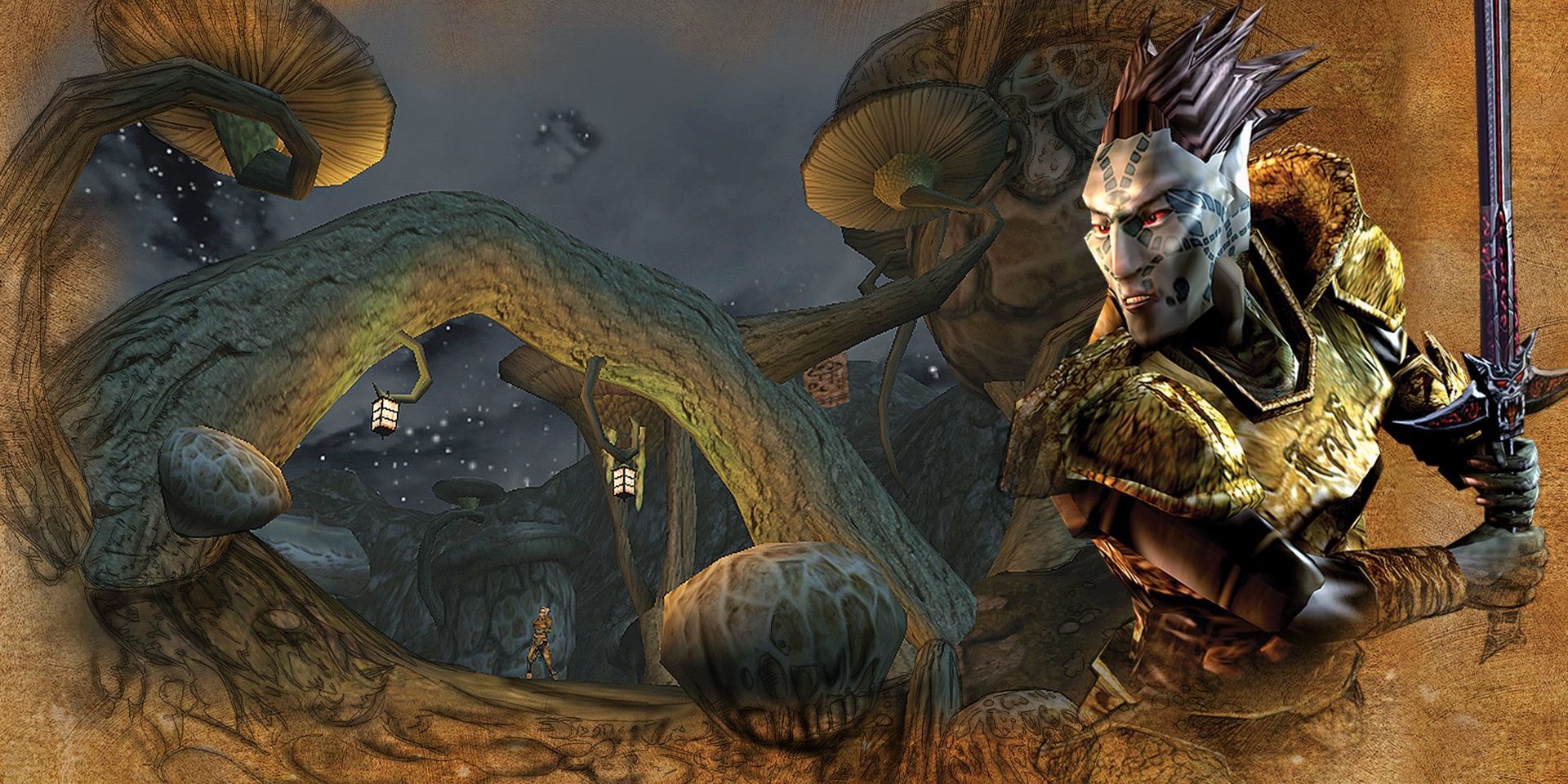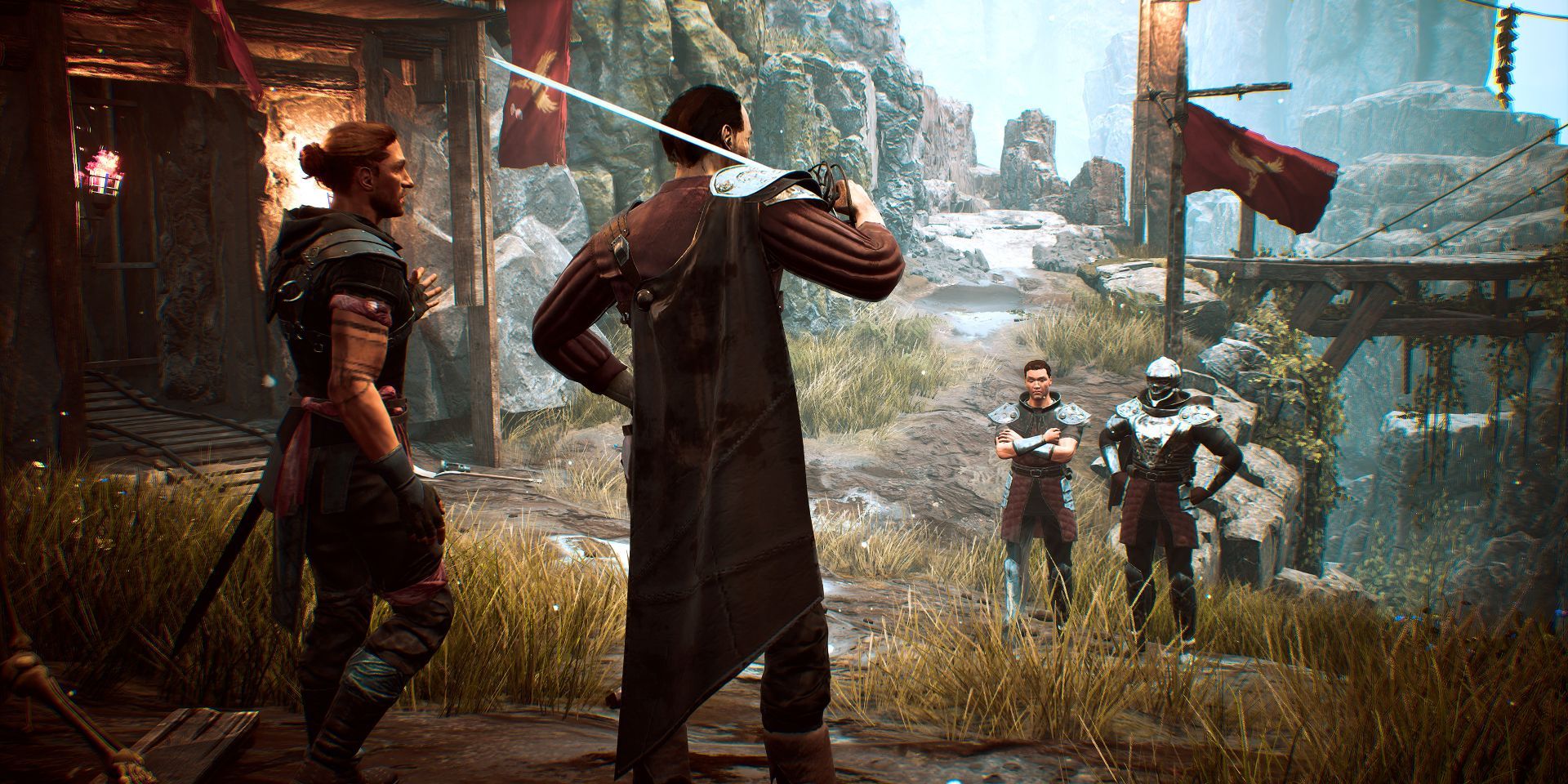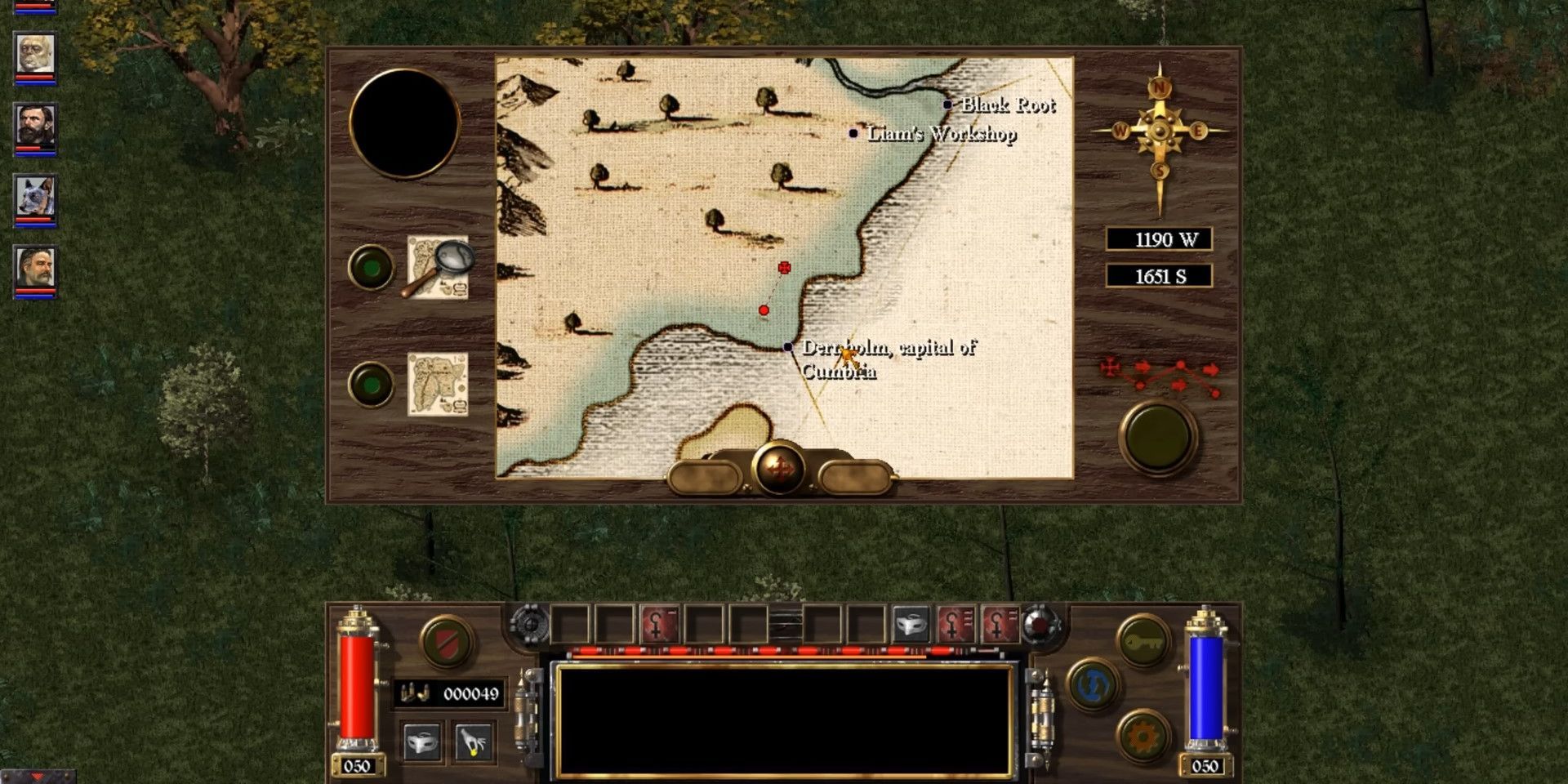The Hard Fantasy genre can be difficult to define. Though the genre shares roots with Hard Science Fiction, it’s certainly harder to recognize a “hard” setting that always abides by its own rules when those rules include actual magic. That's where video games, surprisingly enough, find themselves with a slight advantage.
What makes a hard setting stand out isn’t realism as much as verisimilitude, the appearance of being real without necessarily being based on truth. Video games often see players taking on more mundane tasks than what movies or books can handle. Following a character as they monologue or traveling by themselves between towns can be a way to show a more ordinary and convincing part of the world, as are long, optional conversations with characters standing by.
7 Dragon Age 2
Unlike the first Dragon Age, the second entry in the series was not originally well received. Still, in the years that followed its release, opinions seem to have changed on Dragon Age 2, now often considered on par with Dragon Age: Inquisition.
Unlike the original Dragon Age, the sequel isn’t scared to delve deep into themes of societal change and identity by making the civil war between mages and templars the core of its plot. What’s impressive about Dragon Age 2 is how much it can keep the identity of the series and of its setting alive while being so mechanically unique when compared to the rest of the series.
6 The Witcher Series
Hard fantasy isn’t always at odds with dark fantasy. While some of the side quests and monster hunter contracts of The Witcher are inspired by folk creatures and fairy tales, the bulk of the story is concerned with grounded, human struggles.
Often the vibrant setting of The Witcher forms the basis for its most interesting plot beats: popular uprisings, as well as organized insurrections, animate some of the more isolated parts of the world. At the same time, royals wage war and try to secure the future of their heirs. Often the most grounded stories are the ones that don’t even warrant a questline, like Mislav’s backstory or Geralt chilling with a vampire in The Witcher 3: Blood and Wine.
5 Vampire: The Masquerade – Bloodlines
Vampire: The Masquerade – Bloodlines is set in a fictional version of our modern world, or at least it was in its release year. The 2004 video game is based on the ‘90s World of Darkness series of tabletop RPGs, but much like its contemporary Shadowrun, its setting doesn’t feel like two realities haphazardly smashed together.
The state of the world of Vampire: The Masquerade is, on the surface, the same as our world. The game understands that to keep this setting nice and reasonable, the titular vampires need a reason to stay hidden, going so far as to turn this into the mechanic of “masquerade points.”
4 The Elder Scrolls 3: Morrowind
TheElder Scrolls series might not feel at home, sitting next to a bunch of hard fantasy games, but the series goes beyond just Skyrim and Oblivion. Unlike the other entry in the series, newer and older, Morrowind has the player start as a simple citizen. These aren’t just the short, humble beginnings of a soon-to-be legendary hero - those are the first 10 or more hours of gameplay.
Playing Morrowind as a regular citizen means taking the Silt Striders, giant bugs that serve as transportation between cities; it means learning how to read the map; it means spending considerable time just traveling through this strange, beautiful world. It also means that all those actions are considerable challenges and that surviving them makes the player, and not just their character, more likely to thrive in the world.
3 Gothic 1
The plot of the first Gothic game features a simple premise brought to its natural, extreme consequences: to obtain enough material for the upcoming war, king Rhobar II engulfs a colony of miners/prisoners in a magical barrier, forcing them to work in exchange for food and other necessities.
The mining colony is more than a bunch of miners doing a repetitive job. Different unusual biomes were born when the barrier was erected, while the convicts have different opinions and ways of dealing with their situation. Attacks on other convicts are looked down upon but not always illegal, especially with duels that don’t end in death. The remake of the original Gothic is set to be released soon.
2 The Thief Trilogy
The original Thief as well as its sequel are some of the most important and beloved games of the stealth genre. They also aren’t entirely what one would normally consider fantasy, what with their Breakbeat soundtrack, themes of religious oppression, and a distinct horror tone.
The glue that ties this story together is the low fantasy, low steampunk setting. On the one hand, the world of Thief is as simple as “the Middle Ages with loudspeakers and zombies.” On the other hand, the way that the religious Hammerite Order and the pagan Trickster god play into the conflicts between modernization and tradition make this a great setting for fans of hard fantasy.
1 Arcanum: Of Steamworks And Magick Obscura
Arcanum is the only steampunk fantasy game where the conflict between magic and technology is both a central mechanic of the video game and an internal rule of the setting. Magic disrupts the physical laws that normally govern the world: physics, chemistry, mathematics, and so on. In the world of Arcanum, using magic next to a precise and powerful machine would result, in the best scenario, in the machine’s destruction.
This natural conflict between magic and the laws of physics leads to some interesting reactions by the population of Arcanum. Not only are different factions preoccupied with the player’s affiliation with magic or technology, but the use of items like guns might be restricted for those who are known to favor magic. Even taking the train might become an issue for some characters, who will have their wands and staff confiscated for the duration of the trip.

